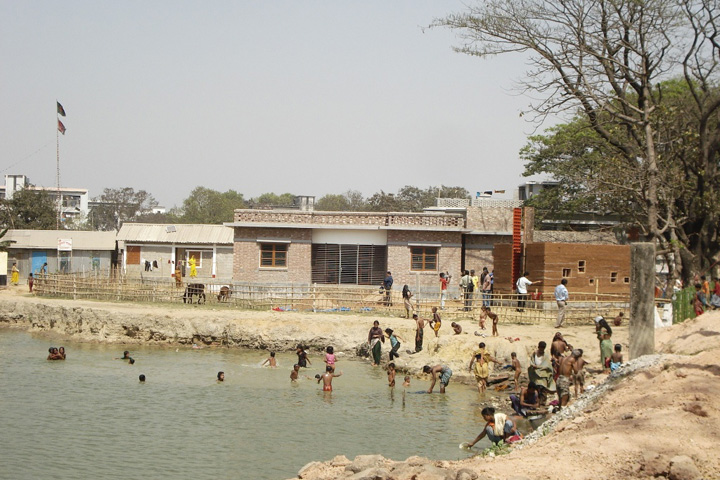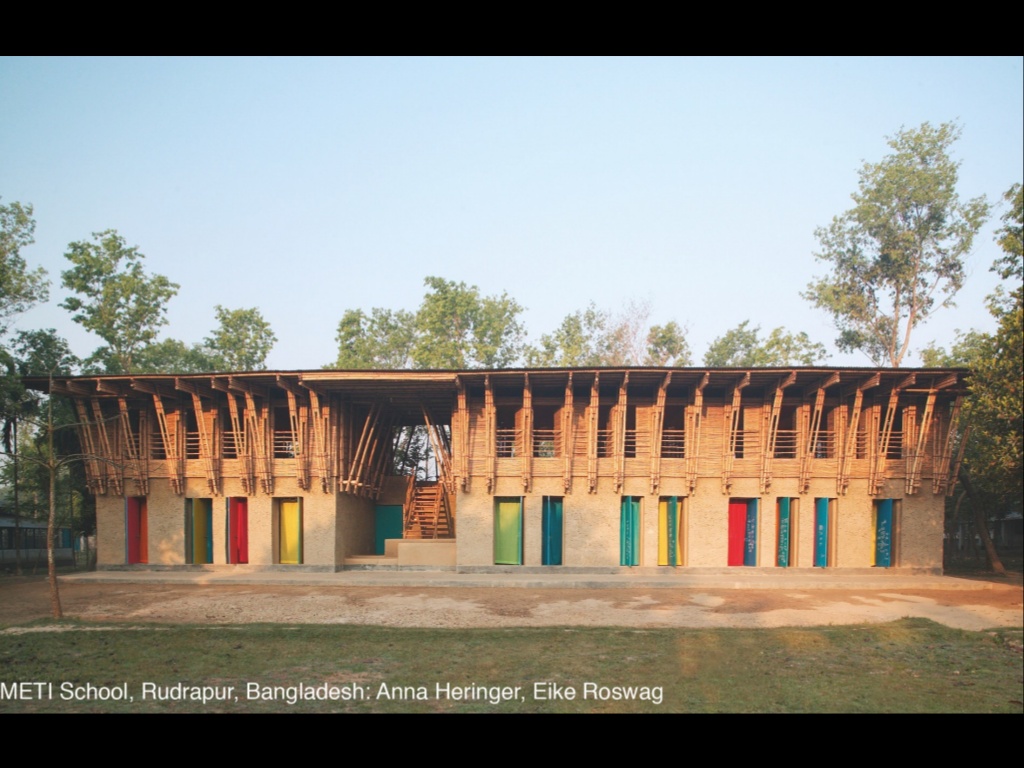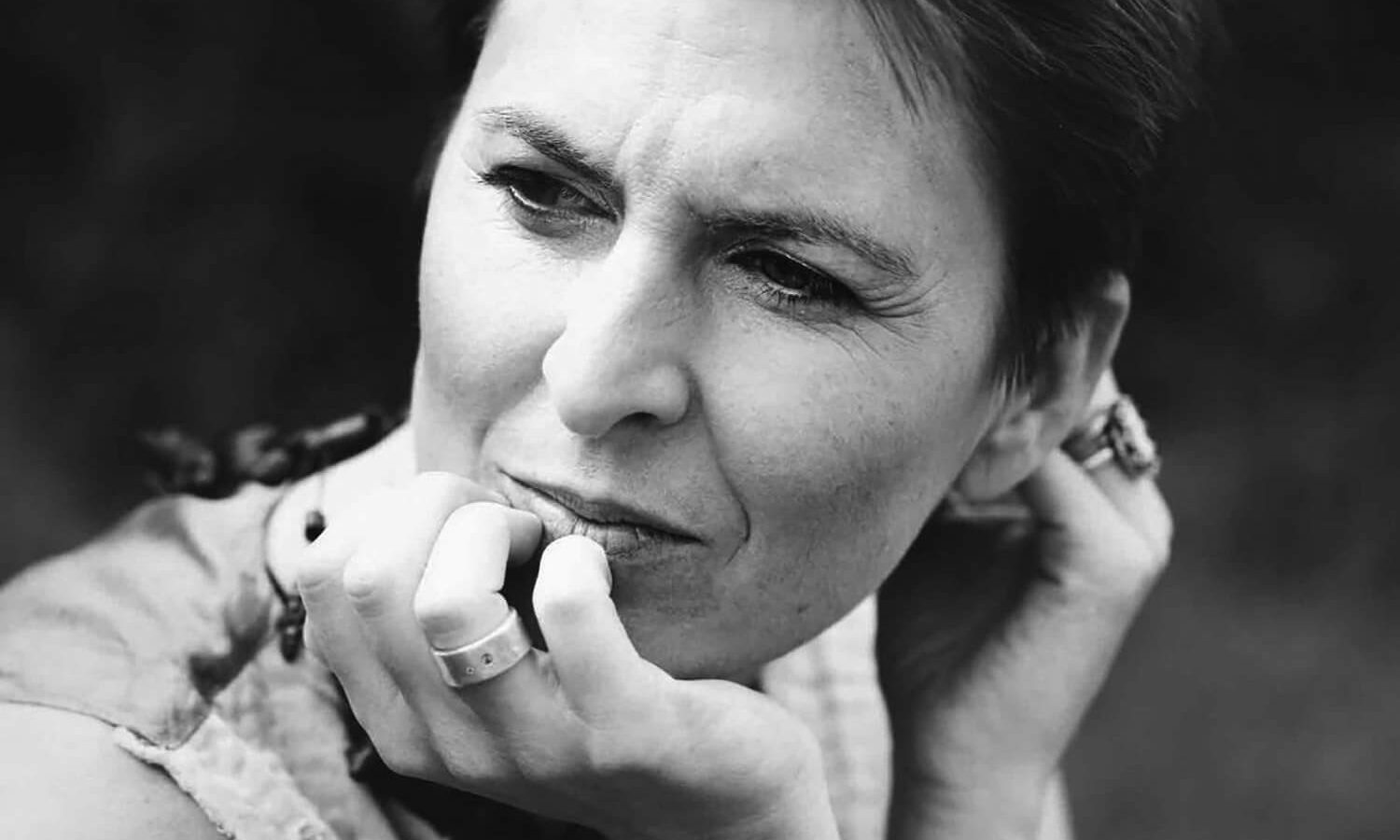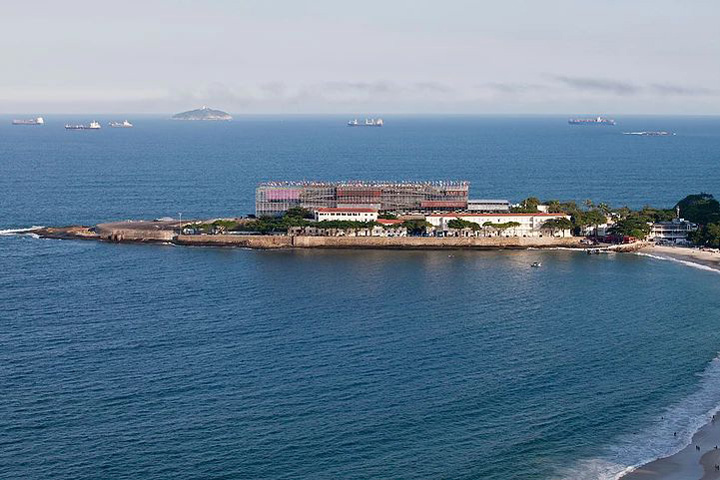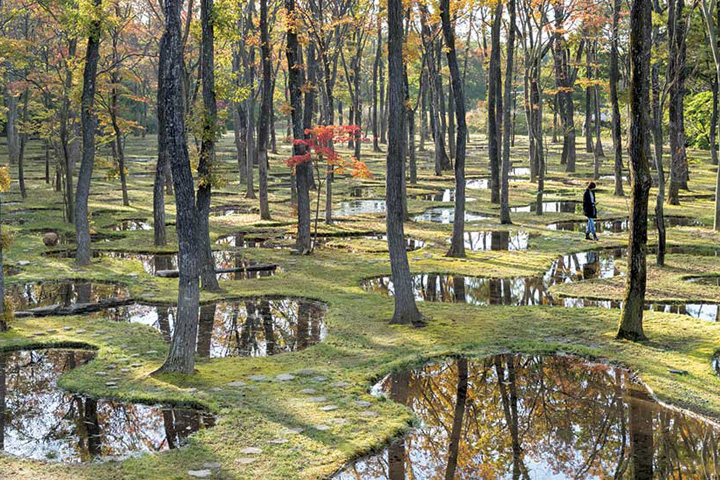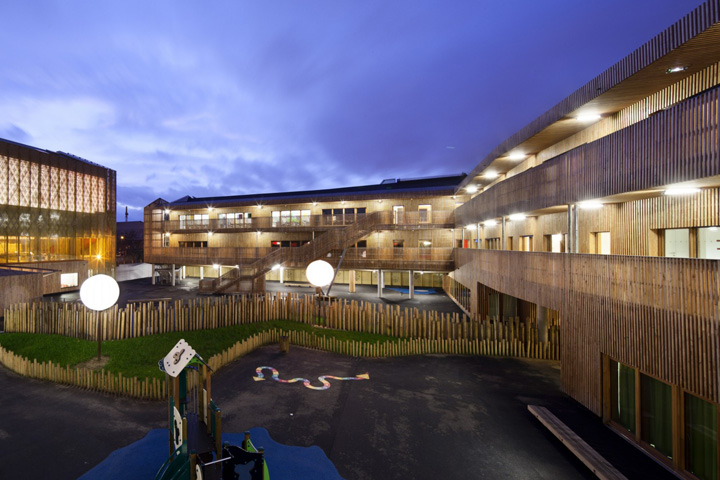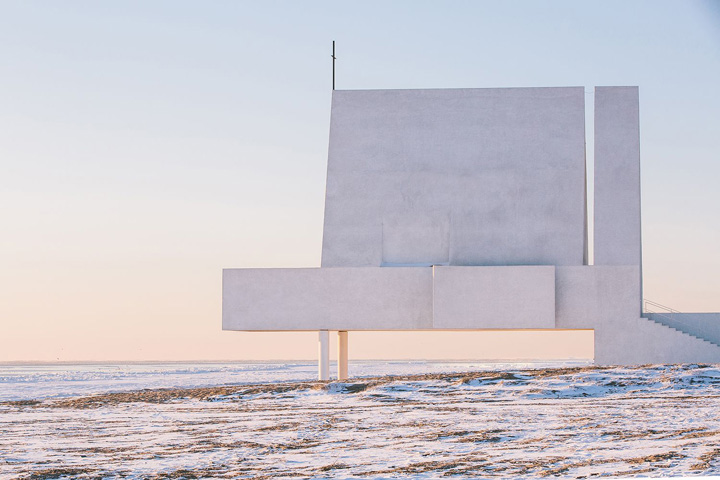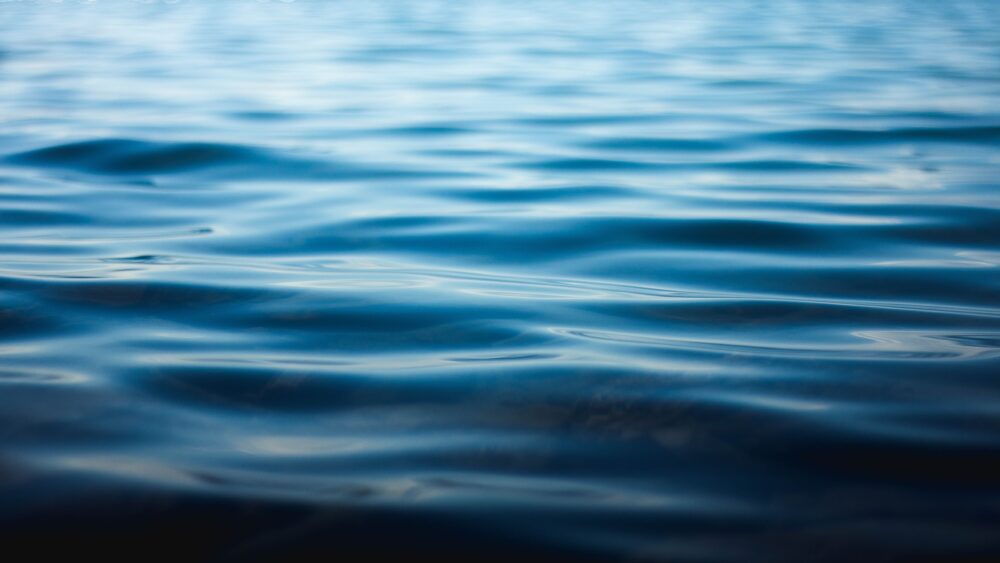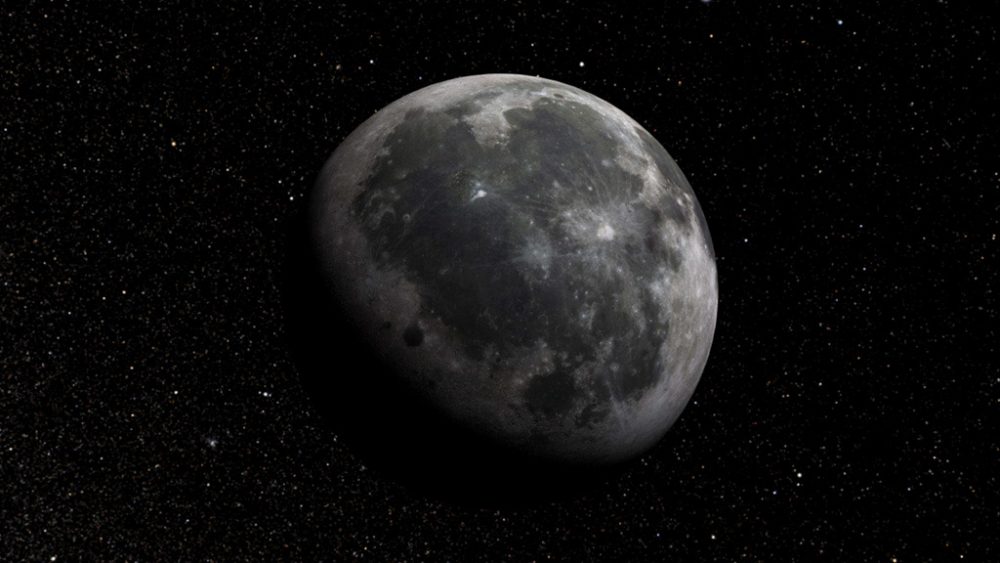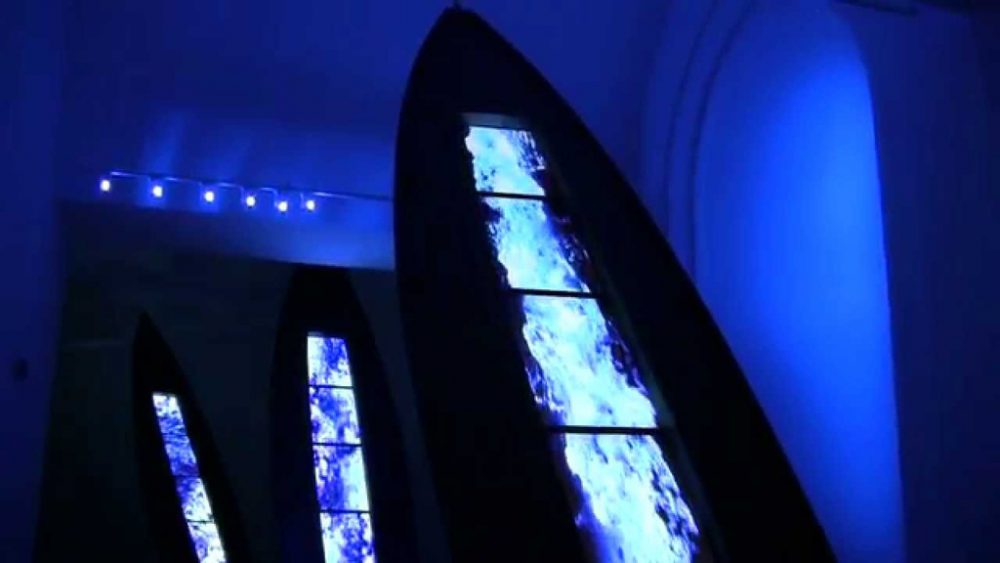Carla Juaçaba, la qualità di vità — Quality of life
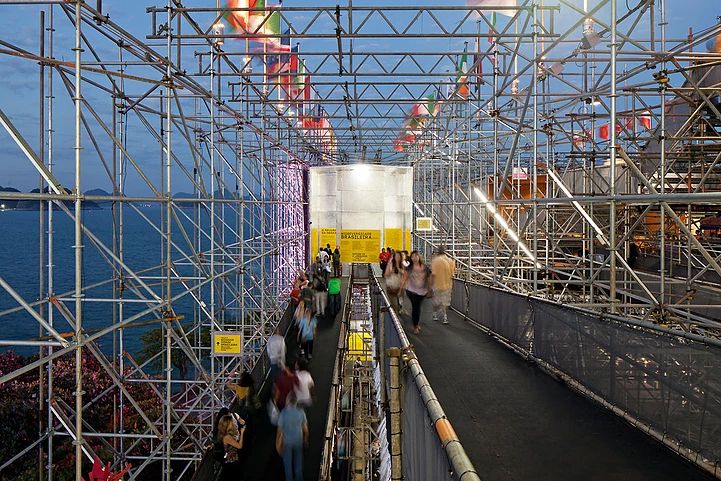
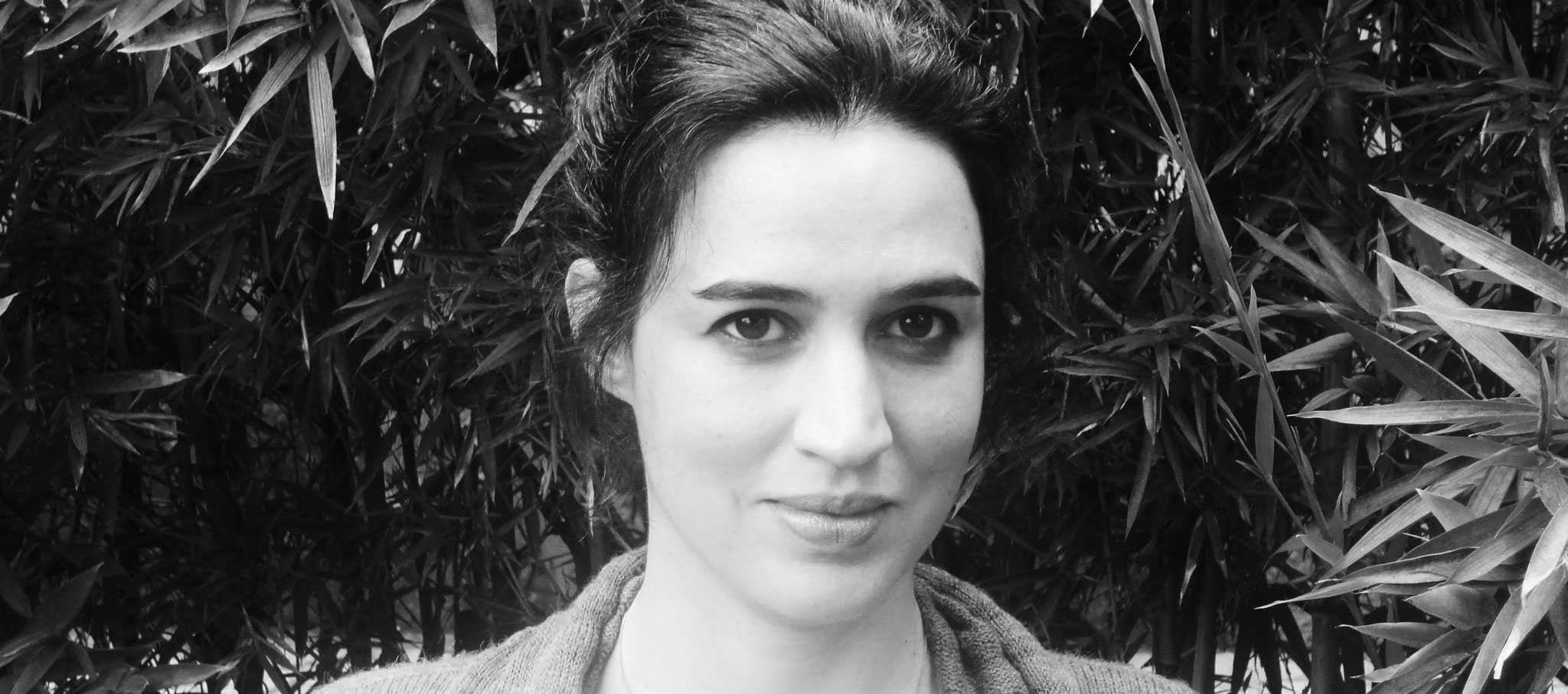
PREMIO INTERNAZIONALE BIENNALE DI PISA – INTERNATIONAL AWARD BIENNALE DI PISA
Carla Juaçaba, architetto brasiliano, noto per il progetto dell’Humanidade Pavilion e per le installazioni alla Biennale di Venezia, nel 2014 e nel 2018, esprime un intenso rapporto con il tempo. Ha fatto sua l’affermazione di Octavio Paz “La figura centrale della nostra nuova visione del tempo è adesso”. Juaçaba lavora sulla funzionalità unità alla bellezza e qualità della vita per coloro che utilizzeranno e abiteranno i suoi edifici.
CARLA JUAÇABA, Carla Juaçaba, #tempodacqua #thetimeofwater
Juaçaba won the arcVision prize for the Humanidade Pavilion, a temporary building made for the international meeting Rio +20, the United Nations Conference on Sustainable Development, in 2012. The jury found that she possessed “creativity in seeking unconventional solutions and enormous sensitivity to the context in which her works will reside”.
The Piano is a 1993 New Zealand period drama film about a narcissistic, psychologically mute young woman and her pre-adolescent daughter, set during the mid-19th century in a rainy, muddy frontier backwater town on the west coast of New Zealand. It also involves the woman’s failing new, arranged marriage to a frontiersman due to obsession with playing her piano. The Piano was written and directed by Jane Campion and stars Holly Hunter, Harvey Keitel, Sam Neill, and Anna Paquin in her first acting role. The film’s score by Michael Nyman became a best-selling soundtrack album, and Hunter played her own piano pieces for the film. She also served as sign language teacher for Paquin, earning three screen credits. The film is an international co-production by Australian producer Jan Chapman with the French company Ciby 2000.
Junya Ishigami, spazi del futuro — Spaces of the future
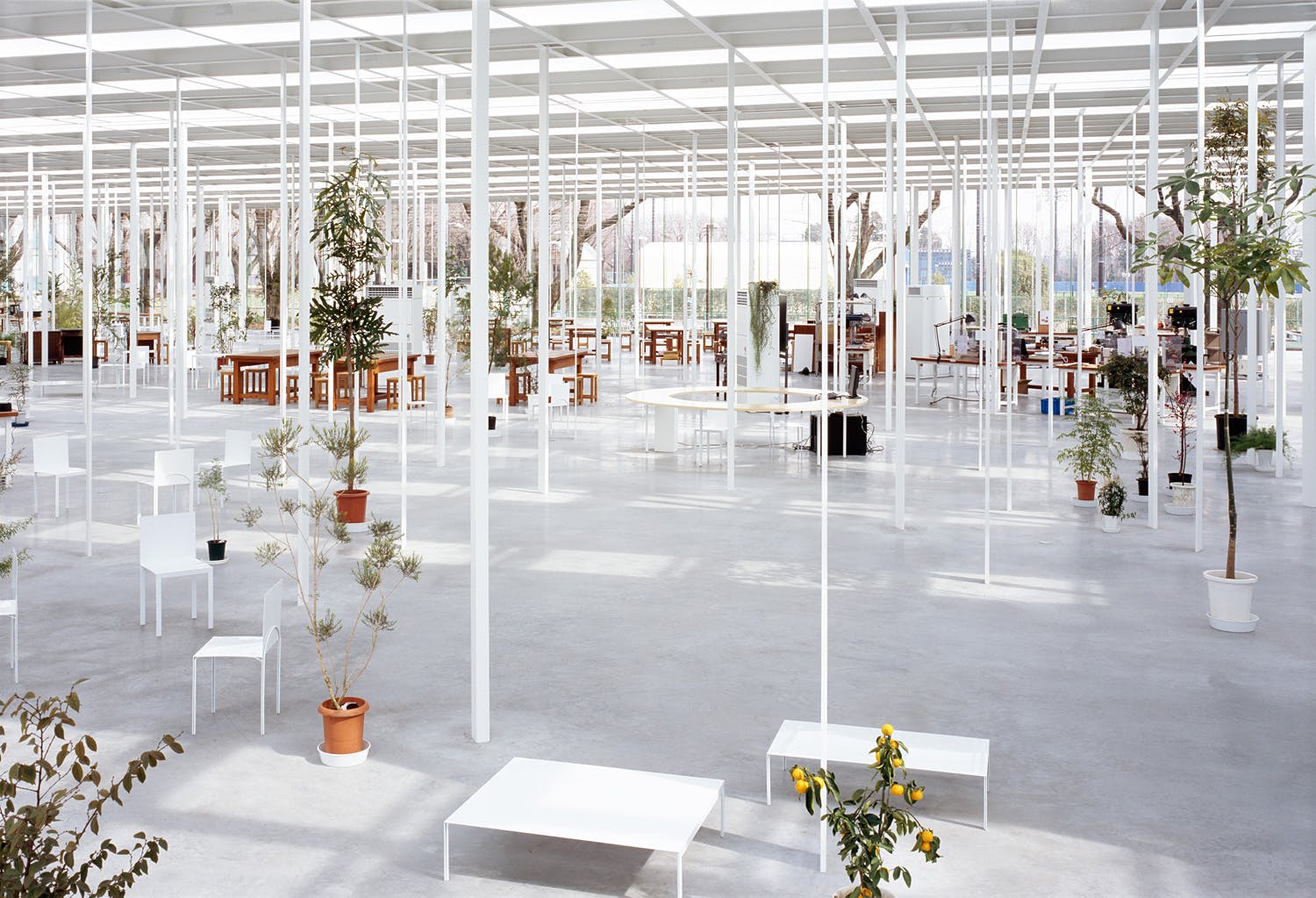
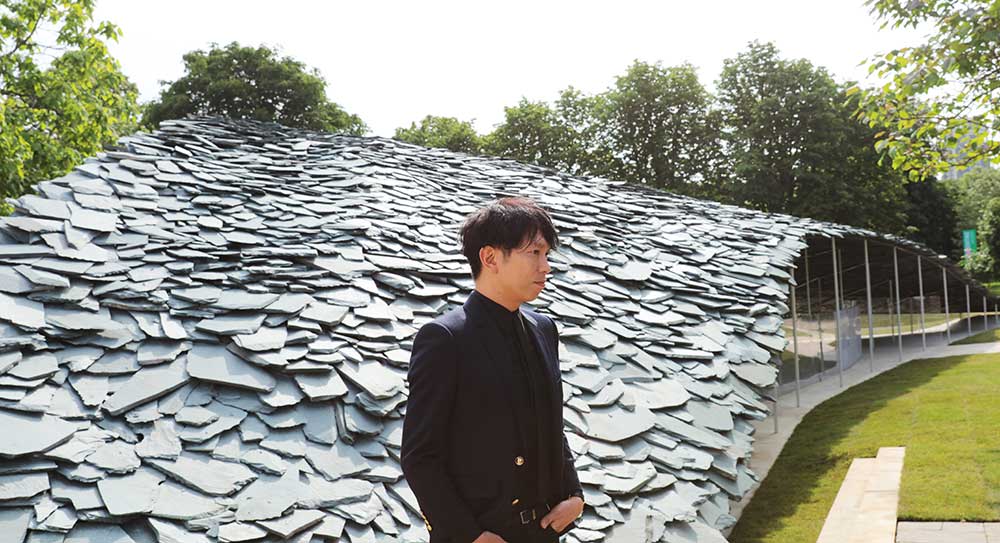
PREMIO INTERNAZIONALE BIENNALE DI PISA – INTERNATIONAL AWARD BIENNALE DI PISA
Ishigami eredita dalla cultura giapponese la consapevolezza che l’architettura esiste qui e ora, ma non è necessariamente costruita per l’eternità: così, per lui, fragilità, delicatezza, ambiguità, errore sono fattori accettabili e, in ultimo, garanzia della massima libertà progettuale. Ishigami sperimenta una nuova concezione contemporanea di comfort, basata anche sulla capacità di ciascuno di prendersi cura del delicatissimo equilibrio planetario (da artribune). Sopra, Art Biotop Water Garden. A sinistra Kanagawa Institute of Technology.
JUNIA ISHIGAMI, junya.ishigami+associates
#tempodacqua #thetimeofwater
Junia Ishigami is one of the most outstanding young Japanese architects of present time and he has obtained recognition due to his experimental approach of the project development. Sensitive to the specific local features, Ishigami puts, at the heart of the debate, key architectural issues that sometimes might be abandoned in the daily practice. Time, tension and freedom are concepts that are always present in his production somehow, becoming more visible in most of his recent works. Read the interview in ArchDaily
Junya Ishigami (1974) worked as an architect at SANAA before founding the prize-winning Junya Ishigami + Associates in 2004. Winner of the Golden Lion award at the Venice Biennale of Architecture in 2010, he was the subject of a major and critically acclaimed solo exhibition at the Fondation Cartier pour l’art contemporain in 2018 that is traveling to the Power Station of art in Shanghai later this year. He is known for designs with dream-like qualities that incorporate the natural world, such as landscapes, forests and clouds, in an architectural practice that places humankind as part of nature.
Vincent Parreira, architettura e amore — architecture and love
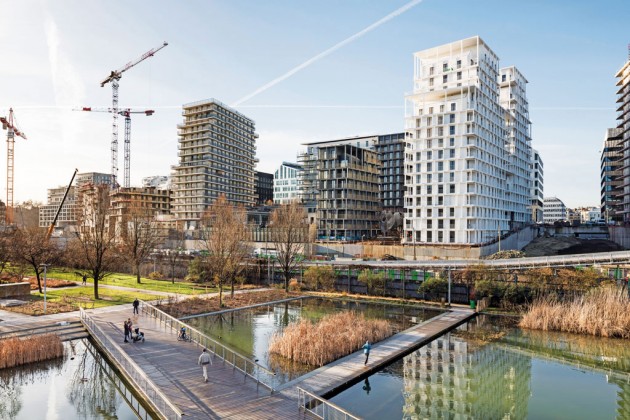
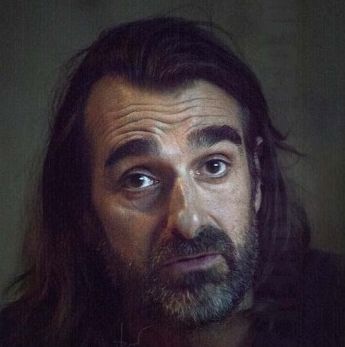
PREMIO INTERNAZIONALE BIENNALE DI PISA – INTERNATIONAL AWARD BIENNALE DI PISA
Tempodacqua è forse una nuova parola da inserire nel dizionario. Se vogliamo un futuro, abbiamo bisogno di queste due parole. Il tempo ha un conto alla rovescia per affrontare la mancanza di acqua. Senza le due parole, non siamo nulla. Sopra, nuovo eco-quartiere parigino a Clichy-Batignolles, firmato da Vincent Parreira, Aires Mateus e Associados. A sinistra, complesso scolastico a Saint Denis.
VINCENT PARREIRA, AAVP #tempodacqua #thetimeofwater
Time is a notion that we lost: we always run somewhere without being aware of the fact that time is almost a creation of mankind. (…) Water. Both of us are coming from a place where water is inherent to our lives. First, as human beings, we would do nothing without water. Moreover, I also have this imaginary where water is almost a living being. Yet, water lives only through something else: our body. It is quite touching to think that we come from water. Tempodacqua is maybe a new word to insert in the dictionnary. If we want a future, we need these two words. Time has a count down facing the lack of water. Without the two words, we are nothing.
Vincent Parreira is a Portuguese-French architect, born in Paris in 1969. Graduated from the Architecture School of Paris La Villette, he founded the studio AAVP Architecture which ambition is to offer projects full of feelings. The studio gathers today 20 architects working on a great range of subjects like housing, services or public facilities. Vincent Parreira received the Mention d’Honneur at the Equerre d’Argent Price in 2011.
Vector architetcs, nel luogo — On site
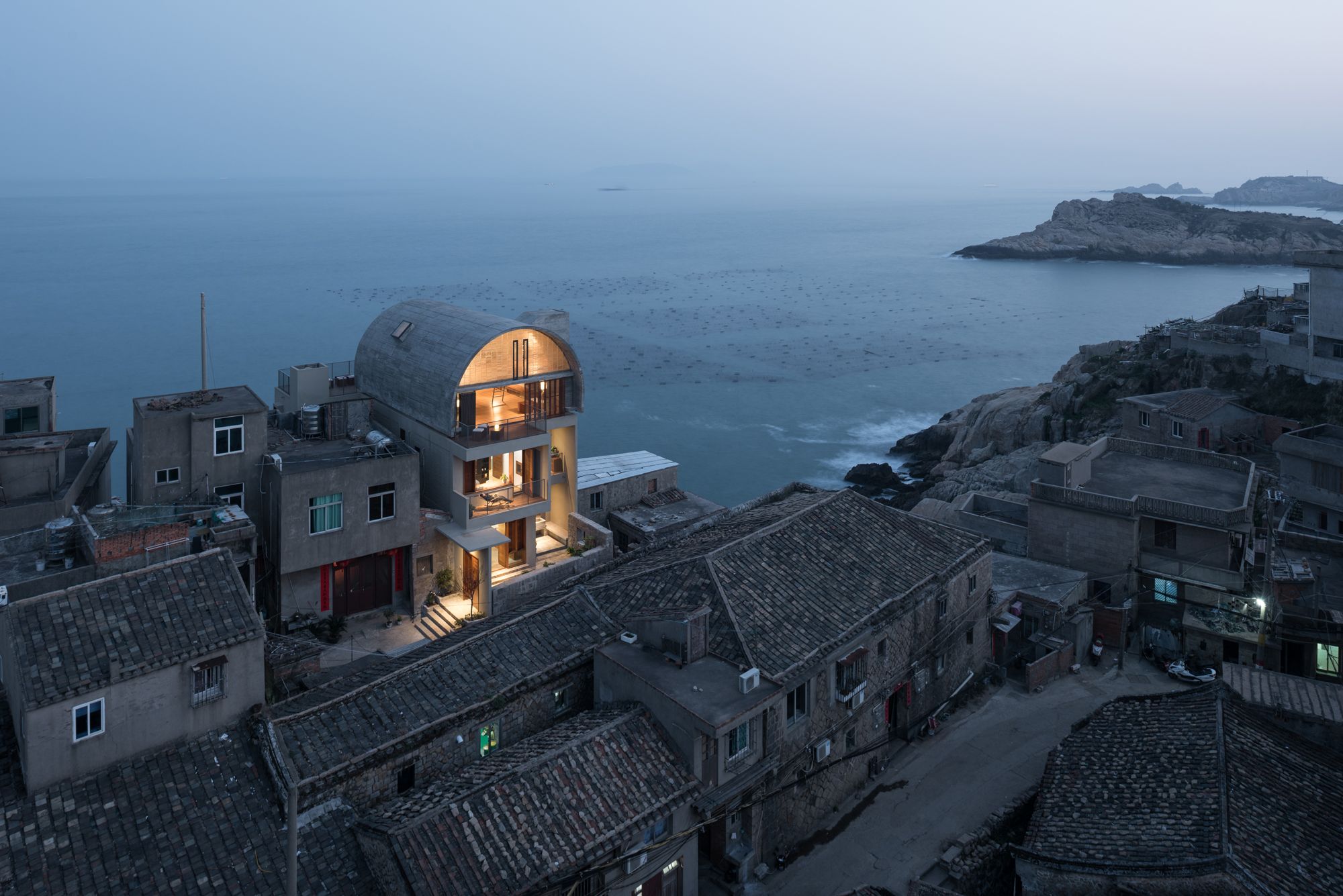
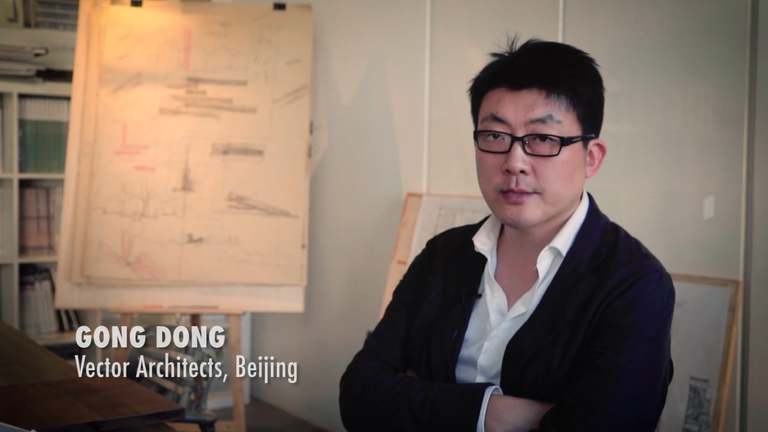
PREMIO INTERNAZIONALE BIENNALE DI PISA – INTERNATIONAL AWARD BIENNALE DI PISA
“Ogni luogo possiede uno spirito identitario, unico prima che l’architettrua si insedi. Questo sia che si tratti di un ambiente naturale o di una situazione ordinaria in un contesto urbano. Potrebbe essere un paesaggio unico, uno scenario vivace della città o anche le persone che vivono i luoghi dinamicamente. Quello che un architetto dovrebbe fare è osservare e scoprire questo tipo di “spirito giusto” intrinseco, per poi rivelarlo e presentarlo attraverso l’interpretazione architettonica. Sopra, Seashore Chapel, Beidaihe New District, 2015. A sinistra, riqualificazione della Captain’s House, Fujian, 2017.
VECTOR ARCHITECTS, Vector architects studio #tempodacqua #thetimeofwater
Gong Dong declares “No architecture can be off the site. We believe each site has its certain spirit that already exists. It could be a unique landscape, a bustling city scenario, or the lively people and their movements. What we are favored of is to discover such energy through a precise action in architectural space, and transform it into people’s perceptions and lives. (…) For each project, we send a site architect to participate in the entire process of construction – from the initial manufacture and experimentation of materials, the testing and correction of details, later on to the full supervision and cooperation on site. It is this long lasting process of adaptation and collaboration that gives us more opportunities to learn the wisdom of making from local and on-site workers lively, and constantly amend the limitations and deviations during the design drawing stage.”
Dong Gong founded Vector Architects in 2008. He and Vector Architects have been invited to various exhibitions including 2018 Free Space Venice Biennale, and won awards internationally including “100+ Best Architecture Firms” selected by Domus (2019); being nominated by Swiss Architectural Award (2018); the Overall Winner of Italian Archmarathon Awards (2016); “Design Vanguard” selected by Architectural Record (2014).
Mente e acqua — Blue Mind
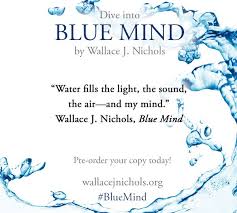
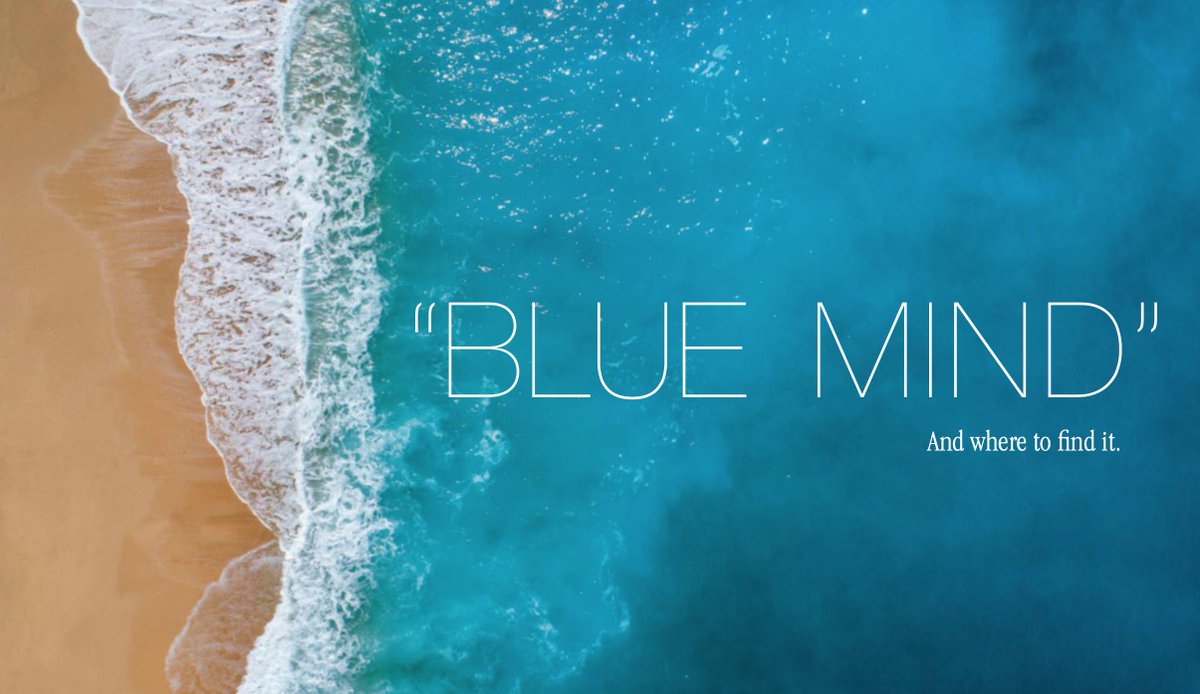
Lo sguardo sull’acqua -suono, odore, colore – ci induce ad assumere una default-mode che gli scienziati ipotizzano permetta al cervello di consolidare le esperienze e di prepararsi quindi a reagire agli stimoli ambientali. Questa funzione interagisce con l’ippocampo, parte essenziale allo sviluppo neuroplastico del cervello, che aiuta a creare nuovi ricordi e nuovo apprendimento. Questo è quanto afferma Wallace J. Nichols nel libro Blue Mind (state of mind) (Immagine di Borna Bevanfa on unsplash).
BLUE MIND, Wallace J. Nichols #bluemind #wallacejnichols #tempodacqua #thetimeofwater
Blue Mind is a landmark book by marine biologist Wallace J. Nichols on the remarkable effects of water on our health and well-being. Nichols revolutionizes how we think about these questions, revealing the remarkable truth about the benefits of being in, on, under, or simply near water. Combining cutting-edge neuroscience with compelling personal stories from top athletes, leading scientists, military veterans, and gifted artists, he shows how proximity to water can improve performance, increase calm, diminish anxiety, and increase professional success.
Wallace “J.” Nichols is a scientist, wild water advocate, movement-maker, and author of the New York Times best seller book – Blue Mind: The Surprising Science That Shows How Being Near, In, On, or Under Water Can Make You Happier, Healthier, More Connected, and Better at What You Do. He takes a slow, collaborative approach with leaders in businesses, government, non-profits, and academia to inspire a deeper connection with nature and inventive solutions to pressing issues. His research and expeditions have taken him to coasts and waterways across North, Central and South America, to Asia, Africa, Australia, and Europe where he continually finds that the emotional connection to waters of all kinds–rather than force of financial gain–is what keeps his colleagues and collaborators working hard to understand and restore our blue planet.
Tempo d’acqua sulla luna — The time of water on the moon
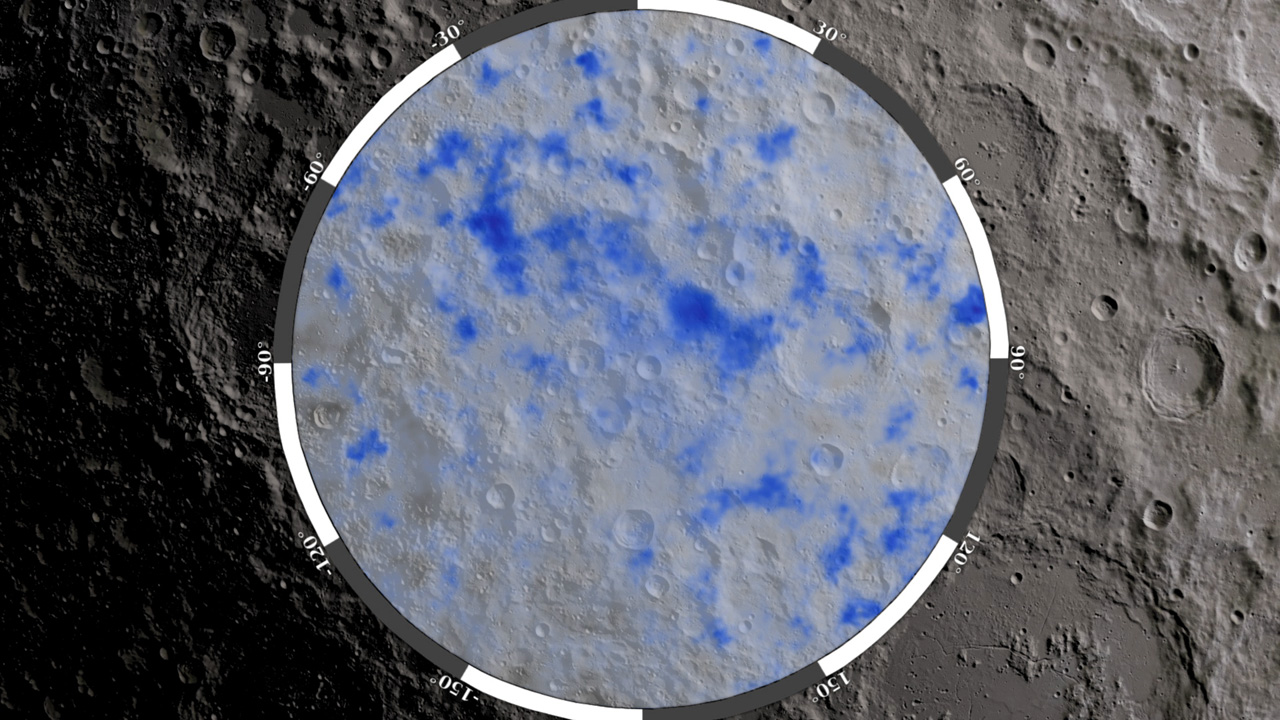
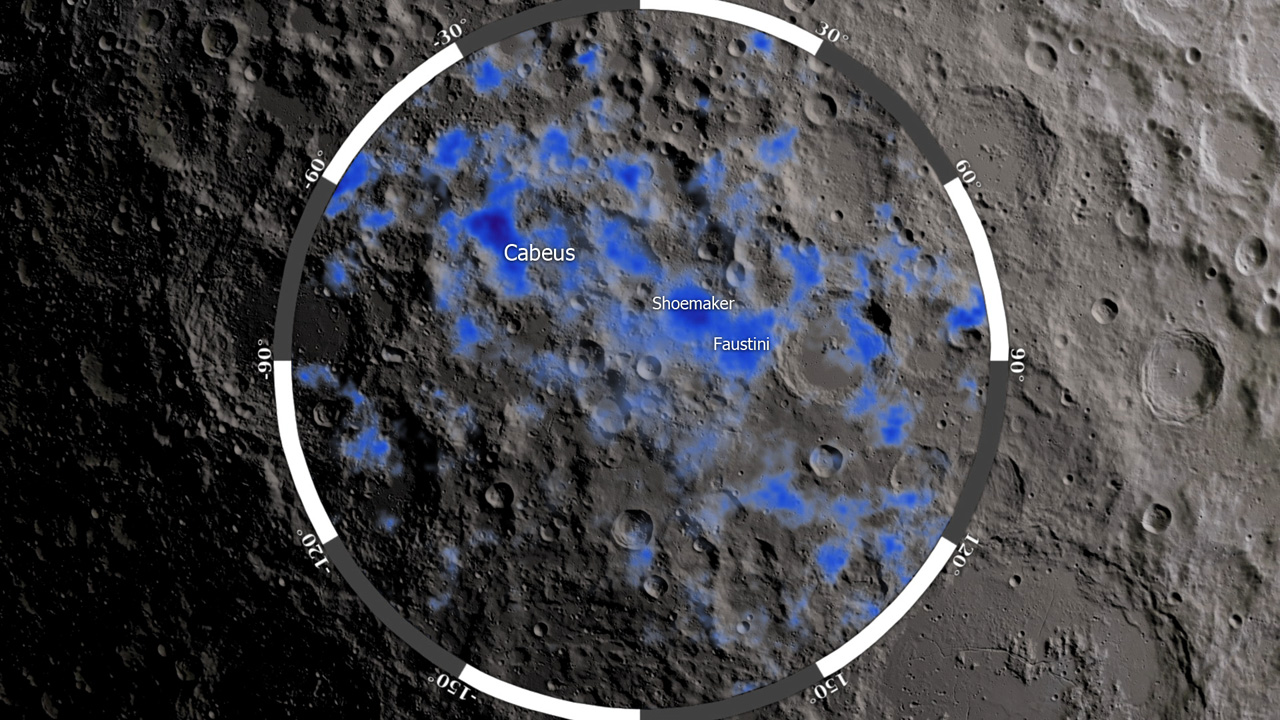
Che sulla Luna ci sia l’acqua si sa da dieci anni. Nel 2009, la sonda spaziale LCross (Lunar CRater Observation and Sensing Satellite) della NASA rilevò la presenza di acqua – sotto forma di ghiaccio – nel Polo Sud della Luna. O meglio il razzo che spingeva la sonda LCross, nell’impatto con il polo Sud della Luna, mosse detriti nei quali la sonda riuscì a individuare acqua in grani di ghiaccio. Recenti studi autorizzano a immaginare, oggi, che possa esserci una grande quantità di ghiaccio nella parte sempre in ombra del satellite. Non si tratterebbe di ghiaccio come quello terrestre, sarebbe necessario un raffinato sistema di depurazione per estrarre l’acqua mescolata ad altri elementi. (da Il post)
WATER ON THE MOON, Nasa #Nasa ##tempodacqua #thetimeofwater
A team of researchers at the University of California says that there could be way more ice water on the surface of the Moon than previously believed — and that could be a huge deal for future missions to the Moon. The researchers with this new effort believed it was likely that there was more ice on the moon than was shown during the LCROSS impact study—likely existing in shadowed craters similar to those that had been seen on Mercury (phys.org).
To find out water, the researchers carried out a parallel crater study, similar to the one they had conducted for Mercury. In this case, they studied 12,000 craters on the moon using data from the LRO. They report that they found “a similar morphological trend” in craters on the south side of the Moon, near the pole. They suggest this indicates that such craters likely harbor thick ice deposits along with other materials similar to those that are believed to exist on Mercury. The researchers suggest that if this is indeed the case, then there could be up to 100 million metric tons of ice in such craters, which they note is double the amount of previous estimates based on data from the LCROSS impact study. The researchers conclude by suggesting that future Moon missions include the use of probes that can be used to study the shaded craters to confirm their suspicions.
Mare dentro — Sea inside
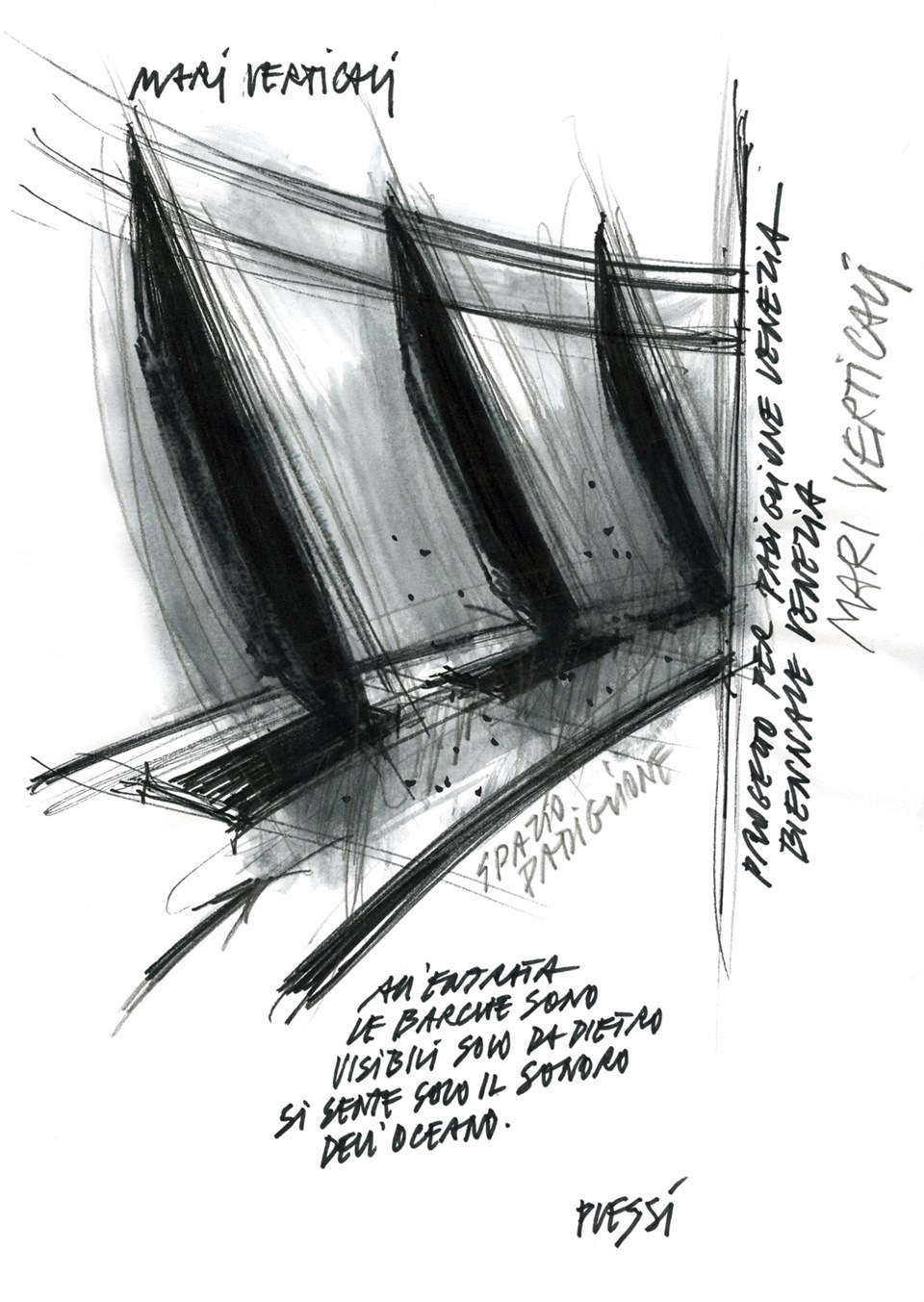
Mari Verticali venne realizzata per Louis Vuitton, al padiglione Venezia, in occasione della 54 edizione della Biennale di Venezia. Plessi propone qui una nuova visione della sua flotta digitale che si sviluppa in maniera simbiotica all’interno della struttura a emiciclo del Padiglione Venezia, riempiendone gli spazi con un grandioso concerto d’acque in continuo movimento e divenire. Sei imbarcazioni in acciaio nero emergono dall’oscurità mentre sui video schermi delle chiglie sono evocati suoni, correnti e flutti di simbolici mari. (Tratto da www.fabrizioplessi.net).
MARI VERTICALI, Fabrizio Plessi #mariverticali #fabrizioplessi #tempodacqua #thetimeofwater
In 2005 Fabrizio Plessi creates an updated version of Mare Verticale at the entrance to the Biennial Gardens: a cylinder that appears to emerge from the Venetian lagoon at a height of 44 meters, the symbol of the same Biennial of Art. In 54th Venice Biennale of 2011, Venice Pavillion is completely dedicated to him with video-installations Mari Verticali with big steel black boats, with a permanent and exciting water concert.
Fabrizio Plessi has been fascinated always by water, a recurring theme which has become the focus of his artwork in the form of installations, films, videotapes and performances.In 1970 his work was exhibited at the experimental Pavilion of the Biennial of Venice and again in 1972. His works werw installed in all the world. During the 1980’s Plessi begins to experiment with video, focusing on the illusions created between representation and reality of liquid elements which are amplified by the extreme technology of mechanical and electronic reproduction. More recently his artistic endeavours have drawn him closer to the city of Venice, where water – focal point of his art – plays a dominant role. In 2003, Fabrizio Plessi creates an installation for the Peggy Guggenheim Collection: Digital Fall one of the most technologically advanced sculptures in the world, fully equipped with constant air-control, an ultra-flat Led screen and full colour display.


